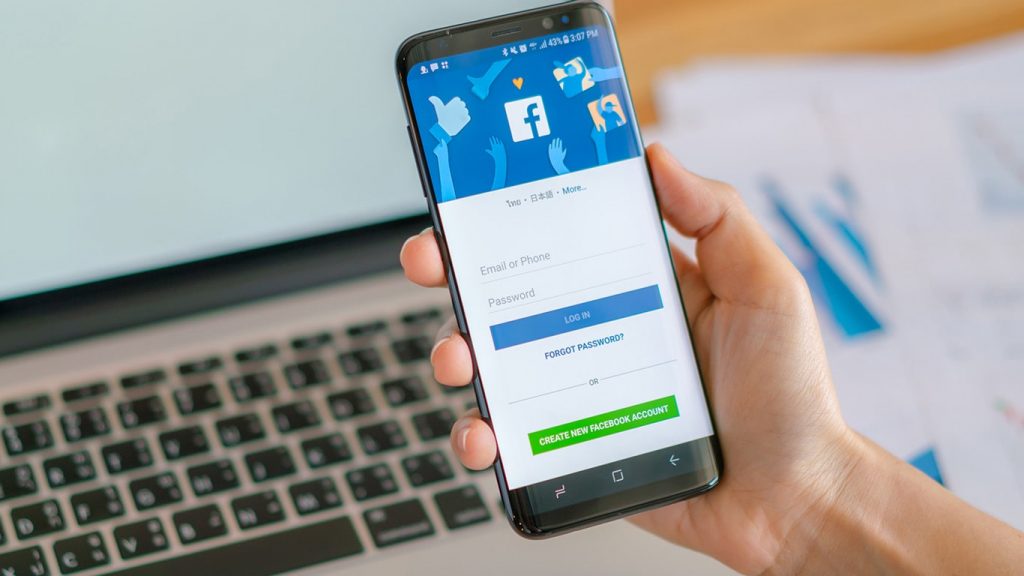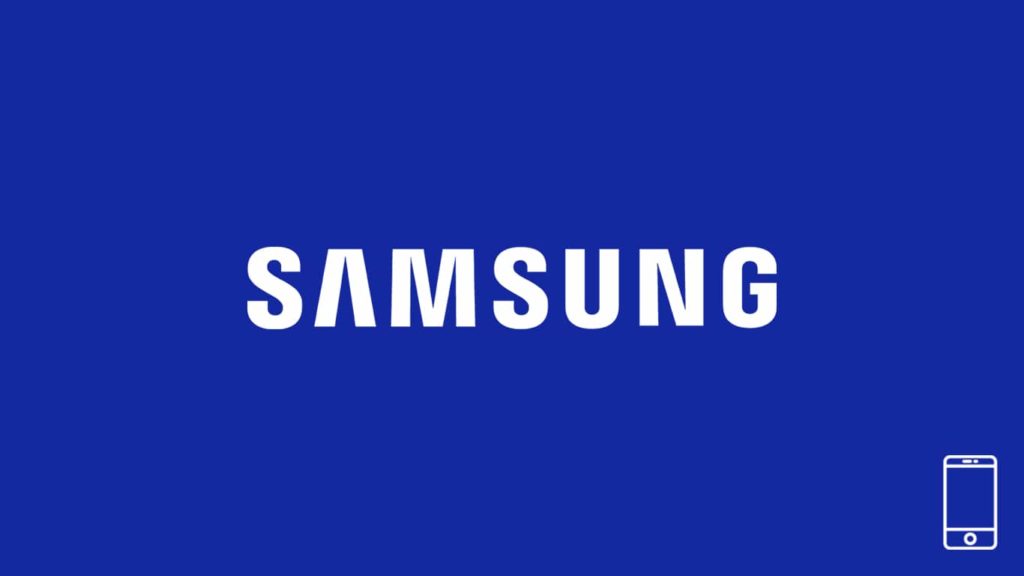
So, you bought a Samsung smartphone or a Samsung drive. We understand – the brand has a long history and is held to high regard. But the company isn’t magical, nor can they guarantee their hardware or software won’t fail. You even should expect it will, at some point, and prepare for accordingly. Luckily, there is plenty of third-party data recovery software for Android, Mac, and Android, and from Samsung itself, so you have nothing to worry about. Samsung data recovery doesn’t have to be a big mystery, let us guide you through the entire process.
Common Challenges and Tips for Successful Samsung Data Recovery

While Samsung offers reliable hardware and software, data loss can still occur due to various reasons. This section aims to address common challenges faced during Samsung data recovery and provide useful tips for a successful recovery process.
Challenges in Samsung Data Recovery:
- Physical Damage: Physical damage to Samsung devices or drives can make data recovery more complex. In such cases, professional assistance may be required.
- Deleted or Formatted Data: Accidental deletion or formatting of data can lead to data loss. It is crucial to act quickly and avoid any further data overwriting.
- Damaged File System: Corruption or damage to the file system can prevent access to stored data. Data recovery software may be necessary to retrieve the files.
- Encryption and Security Measures: If data is encrypted or protected by security measures, additional steps may be needed to recover the files successfully.
- Overwritten Data: Continued use of a Samsung device or drive after data loss can overwrite the deleted files, making recovery more challenging or even impossible.
Tips for Successful Samsung Data Recovery:
- Stop Using the Device or Drive: As soon as you realize data loss, stop using the Samsung device or drive to prevent further data overwriting.
- Choose Reliable Data Recovery Software: Select reputable third-party data recovery software specifically designed for Samsung devices or drives. Research and read reviews to ensure reliability.
- Perform a Thorough Scan: When using data recovery software, opt for a deep scan to maximize the chances of recovering lost files, even if it takes longer.
- Prioritize Critical Data: Identify the most important files to recover first. This ensures that vital information is retrieved before focusing on less essential data.
- Seek Professional Help if Necessary: If the data loss is due to physical damage or the recovery process seems complex, consider consulting professional data recovery services with expertise in Samsung devices.
- Regularly Back Up Your Data: Prevent data loss in the future by regularly backing up your Samsung device or drive. Use reliable backup methods, such as Samsung Cloud or external storage devices.
- Stay Informed and Updated: Keep up-to-date with the latest data recovery techniques, software updates, and Samsung device functionalities to improve your chances of successful recovery.
Samsung’s data recovery can be a straightforward process with the right knowledge and tools. By understanding the challenges involved and following the provided tips, you may increase your chances of successfully retrieving lost data. Regular backups and staying informed about data recovery methods are essential for maintaining data integrity and minimizing the impact of potential data loss.
How to perform Samsung data recovery without a backup
Many like to start with the good news first, but we’ve decided otherwise. If you are looking for a way to restore your Samsung phone, it is likely you encountered the worst-case scenario – you didn’t think ahead and backed up your files.
Restoring files on a Samsung drive without a backup
We’ve picked EaseUS Data Recovery Wizard. It is, in our opinion, the best free data recovery software for Windows. It is also available for computers using macOS.
- Download, install and run the software.
- On the Select a location to start recovering window, click on the Samsung drive.
- Click on the Scan button.
- Wait for the process to finish.
- Browse files manually using the categories on the left. Or, click on Filter in the top right corner and choose a file type to save time.
- You can preview files in full size by double-clicking on them or through thumbnails if they are available for that type of file.
- Mark the files you want to restore and click on Recover in the bottom right corner.
Restoring data on a Samsung smartphone without a backup
There are two ways to restore files from an Android smartphone. Either install the application on the device directly or connect the device to a computer and run the scan that way.
Using EaseUS MobiSaver for Android
- Download, install and run the application.
- Choose the file type you want to recover (Photo & Video, SMS, Contacts, Call Logs, WhatsApp messages & attachments). You can also scan for the same type of files on your SD card.
- For photos and videos, you can see thumbnails along with the extension and size.
- Mark the files you want to restore and tap on Recover in the top right corner.
Using FonePaw Data Recovery or
We’ve already done a review of both FonePaw Data Recovery and Gihosoft Android Data Recovery and hold them both in high regard. It requires your Samsung smartphone to be connected to your computer via USB. You need to enable USB Debugging before you start.
- On Android 9, 10, and newer: Open Settings,
- Tap System.
- Scroll down and tap on About phone
- Scroll to the bottom again, and find Build number. Repeatedly tap on it between 5 and 7 times.
- You’ll see an announcement You are now a developer!
- Go back to Settings>System
- After tapping on Advanced, you’ll see Developer options at the bottom.
- Enable USB debugging at the bottom.
Then, follow the steps we outlined in our guide about how to recover Android phone after a factory reset, they’re the same. If you have an older Samsung phone, we’ve also described how to enable USB debugging on older Android versions as well.
Samsung data recovery with a backup
How to create a backup on a Samsung smartphone
The company has created a Samsung Cloud feature specifically for this purpose. The limitations are that you cannot upload files larger than 1 GB, and personal files such as photos or videos from your gallery. But, there isn’t a clear limit on the total amount of files you can upload to their servers.
To clarify, you can upload data from apps such as Calendar, Contacts, Phone (call history, message history), Messages, Settings, Music (MP3, M4A, 3GA, WAV, OGG), Voice Recorder, Documents (DOC, TXT, HTML, PDF), Clock (timers, world clocks, alarms), and Home screen data (wallpaper, layout, Samsung DeX configurations & settings). Here’s how to do it.
- Open Settings.
- Tap Accounts and backup.
- Tap on Samsung Cloud.
- Swipe down until you find Back up this phone.
- Mark the type of files you want to back up, or choose Select all.
- Tap Back up.
- Wait for the process to finish.
- Tap Done.
How to enable an automatic backup on Samsung smartphones
Manually doing things can sometimes be detrimental if you live a busy life or you’re just forgetful. The solution to that is to automatize the process to upload files every 24 hours by default. The other requirements are that your smartphone is connected to a Wi-Fi network, the screen is off for at least an hour, and your phone is charging. Perfect for the time you spend sleeping, right?
- Tap Settings.
- Tap Accounts and backup.
- Choose the Samsung Cloud option.
- Choose More options, then Settings.
- Tap Sync and auto backup settings.
- Tap on the Auto back up tab.
- Configure the settings for the process, and tap to switch applications on or off.
How to recover data from a Samsung smartphone backup
- Tap Settings.
- Choose the Accounts and backup option.
- Find Backup and restore and tap on it.
- Tap on Restore data.
- Choose the device (if there are multiple), and the content type to restore.
- Tap Restore.
- If there are other on-screen instructions, follow them.
- Note: We’ve heard this method is only possible on the smartphone itself, not the computer or Samsung DeX.
How to delete a Samsung smartphone backup
We don’t blame you if you are paranoid about your data. Or, maybe you forgot the wipe the account before selling the phone.
- Tap Settings.
- Choose Accounts and backup from the list.
- Tap on Samsung Cloud.
- Find Delete backup on the list, and tap on it.
- Pick the data you want to erase.
- Tap on Delete, then Delete again as a confirmation.
How to create a backup of a Samsung drive with Samsung Data Migration
Samsung has also created an official software for migrating your operating system and accompanying personal data from one drive to another. Although limited in some ways (you need a Samsung SSD to transfer to), it eliminates the risk of downloading sketchy software. If you don’t have a second Samsung drive, you can still backup your data using Windows 10. We described the entire process as part of how to recover a deleted folder in Windows 10 article.
- Download Samsung Data Migration from their list of Tools & Software.
- Install and run the software.
- At the Start page, click the Start button in the bottom right corner.
- Verify that the Source Disk is the drive that currently has your operating system and personal files.
- Pick the second Samsung SSD as the Target Disk. Make sure that there is enough free space (the size of the first drive needs to be smaller than the second).
- Click Start.
- Wait for the process to complete.
- You’ll see a message The data on the Source Disk has been successfully cloned to your Samsung SSD.
- Click the Close button.
Once you recover your data, you might also want to recover the Samsung account.
